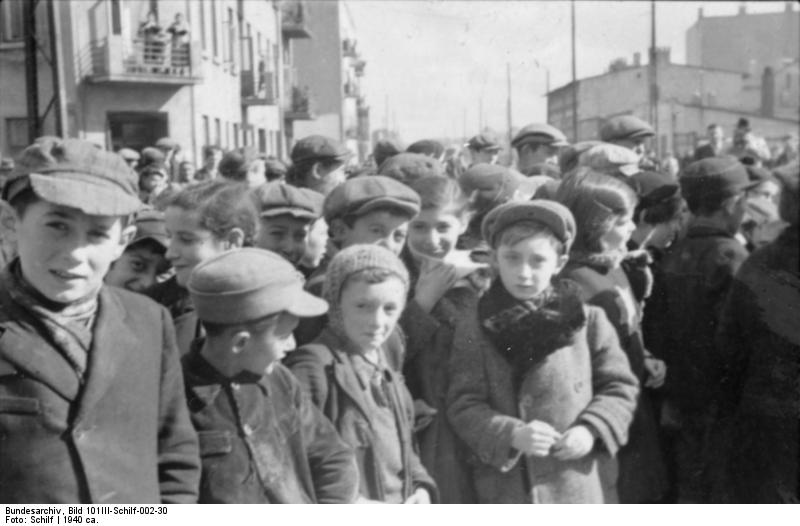VANCOUVER, British Columbia — It is difficult to imagine, even for a second, what people had to go through when they were taken out of their homes by force and thrown into small confines, with little food, no running water or electricity, for extended periods of time, all under the tyranny of the Nazi SS squadron. Yet this was the norm inside Nazi Germany’s system of ghettos in Eastern Europe.
Although to fathom such circumstances is hard, the Vancouver Holocaust Education Center has made it possible by putting on an exhibit of photographs, drawing from a collection of 12,000 photos that depict what life looked like in one such ghetto: Litzmannstadt.
Litzmannstadt was set up in the city of Lodz after the Nazis invaded Poland, and was used for war factory slave labor to produce armaments for the Eastern Front. Between 1940 and 1944, about 18,000 Jews, as well as 5,000 Roma and Sinti lived and worked in extremely horrifying conditions. Many of them died in the Chelmno death camp.
The Jewish Council — the Judenrat — which was the Jewish leadership that was assigned control over the ghetto — commissioned a few Jewish photographers to capture the hardships of life in the ghetto. A great deal of the photographs were secretly taken right under the noses of the Nazis, and eventually amounted to a collection of magnificent, yet also harrowing, moments between families, as well as photos of children trying to survive under complete terror.
The exhibit is not solely composed of photos, as the Topography of Foundation made it clear that “the presentation, designed as a traveling exhibition, is accompanied by statements from former residents of the ghetto and entries from the ghetto chronicle.”
The main purpose of the exhibit is to put on display the hopeless conditions that people were forced to live in, but also to bring to light that they also maintained their self-respect as human beings, regardless of the circumstances that surrounded them.
The exhibition is supported by the Consulate General of the Federal Republic of Germany, and it is an extension of a larger exhibition from the famous Topography of Terror Foundation in Berlin. The exhibit is scheduled to end this December.
By Milad Doroudian
Photo by Schlif, German Federal Archives.
